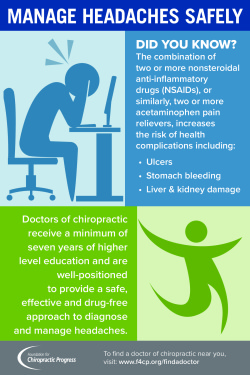Maintaining correct posture isn't practically sitting up right; it has to do with aligning your body in a way that supports your back and lowers the danger of neck and back pain. The way you rest, stand, and relocate throughout the day can significantly affect your spinal health and wellness. However how precisely can you guarantee excellent alignment constantly, also throughout busy days loaded with various activities? Allow's dig deeper right into the refined yet impactful modifications you can make to your day-to-day routine to maintain your back satisfied and healthy and balanced.
Relevance of Appropriate Stance
Correct position is crucial in maintaining a healthy and balanced back and preventing discomfort. When you sit or stand with great stance, your spinal column remains in positioning, reducing pressure on your muscle mass, tendons, and joints. This placement permits the body to distribute weight uniformly, avoiding too much anxiety on particular areas that can result in discomfort and pain. By maintaining your spine effectively aligned, you can also enhance your breathing and digestion, as slouching can press body organs and limit their capability.
Moreover, keeping great position can improve your total look and self-confidence. When you stand tall with your shoulders back and head held high, you emanate self-confidence and show up more approachable. Great stance can also make you feel a lot more invigorated and sharp, as it advertises proper blood flow and enables your muscle mass to function effectively.
Incorporating proper stance right into your everyday regimen, whether sitting at a desk, strolling, or exercising, is crucial for stopping neck and back pain and promoting general health. Keep in mind, a little modification in exactly how you hold yourself can make a substantial difference in exactly how you feel and function throughout the day.
Common Postural Mistakes
When it involves preserving great stance, lots of people unknowingly make usual blunders that can add to neck and back pain and pain. Among one of the most common errors is slumping over or hunching over while resting or standing. This position puts extreme strain on the spine and can bring about muscular tissue discrepancies and pain in the long run.
An additional usual error is overarching the lower back, which can squash the all-natural curve of the back and trigger discomfort. Additionally, crossing legs while resting might really feel comfy, yet it can create a discrepancy in the hips and hips, causing postural concerns.
Making use of a pillow that's as well soft or as well firm while sleeping can likewise impact your alignment and add to back pain. Last but not least, regularly craning your neck to look at screens or adjusting your position regularly can stress the neck and shoulders. Being mindful of these usual postural mistakes can assist you maintain much better alignment and reduce the threat of neck and back pain.
Tips for Correcting Alignment
To boost your positioning and lower back pain, it's important to concentrate on making small changes throughout your everyday routine. Begin by bearing in mind your stance. When resting, guarantee your feet are flat on the flooring, your back is straight, and your shoulders are unwinded. Avoid slouching or leaning to one side. Use ergonomic chairs or pillows to support your lower back.
When standing, distribute your weight equally on both feet, keep your knees a little curved, and tuck in your pelvis. Involve Read the Full Piece of writing to support your spine. Take breaks to stretch and walk around if you have a sedentary work. Incorporate workouts that strengthen your core and back muscular tissues, such as planks or bridges.
While sleeping, use a pillow that supports the natural contour of your neck to keep appropriate back alignment. Prevent sleeping on your belly, as it can strain your neck and back. By being mindful of these suggestions and making small changes, you can gradually correct your positioning and alleviate neck and back pain.
Verdict
Remember, keeping great posture is essential to stop back pain and promoting spinal health. By bearing in https://www.paysonroundup.com/news/local/family-of-payson-girl-with-rare-tumor-needs-help/article_651d3427-b39b-5f4b-adb5-dd03945afce0.html , distributing weight uniformly, and involving your core muscle mass, you can decrease stress on your back and lessen the risk of pain and injury. Include ergonomic assistance, take routine breaks to stretch, and reinforce your core and back muscular tissues to maintain proper positioning throughout the day. dr steven schram will thanks for it!
